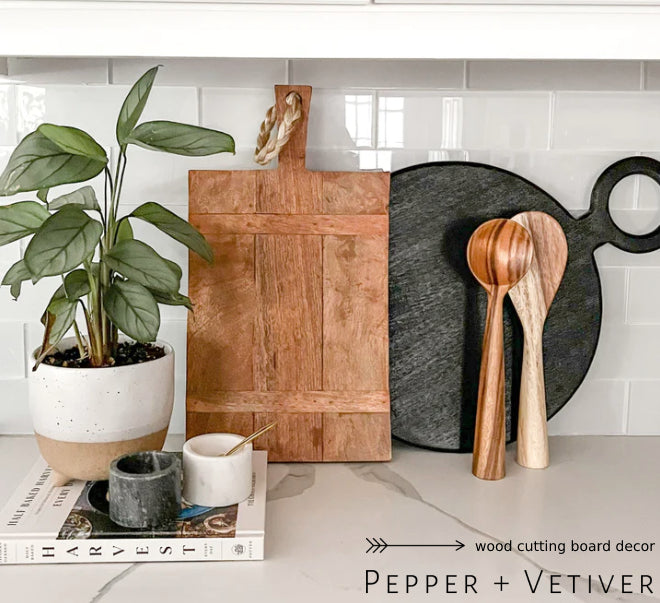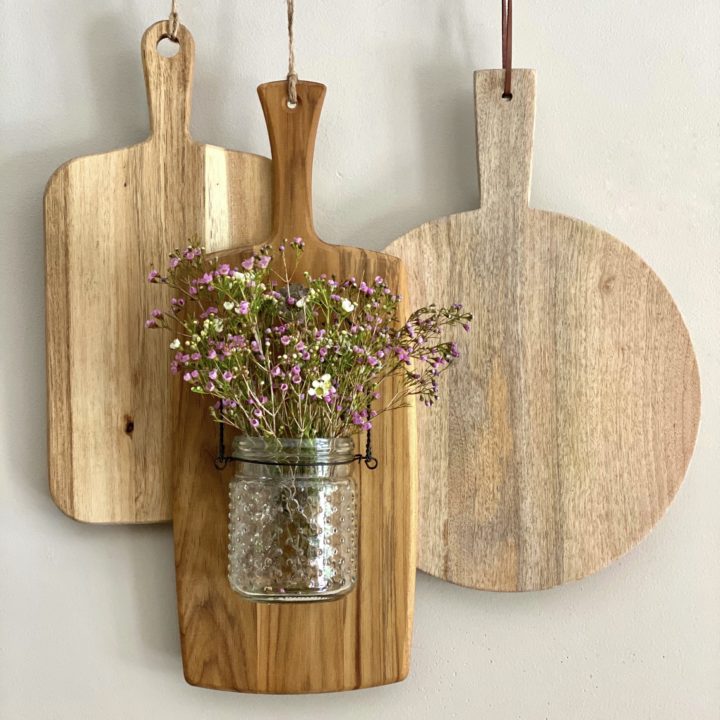As a culinary enthusiast and home chef, I cannot stress enough the importance of quality kitchen tools. One of the most versatile and aesthetically pleasing items you can own is a decorative wooden cutting board. In this guide, I’ll share everything you need to know about decorative cutting boards, from types and benefits to care tips and styling ideas. Whether you’re cooking dinner or hosting a gathering, these boards will elevate your kitchen experience.
Why Choose Decorative Wooden Cutting Boards?
Wooden cutting boards are not only practical but also add a touch of elegance to your kitchen. Here’s why you should consider investing in decorative cutting boards:
- Durability: Quality wooden boards can last for years with proper care.
- Unique Designs: Each board is unique, showcasing the natural beauty of wood grain.
- Multi-functional: They serve as both a cutting surface and a serving platter.
Types of Decorative Wooden Cutting Boards

When diving into the world of decorative cutting boards, you’ll find a variety of types that cater to different needs and aesthetics:
1. End Grain Cutting Boards
End grain boards are crafted from wood pieces arranged on their ends. This design makes them resistant to knife marks and is easier on your knives.

Pros and Cons of End Grain Cutting Boards
- Gentler on knives
- Self-healing properties
- Stunning visual appeal
- More expensive than edge grain boards
- Heavier and bulkier
2. Edge Grain Cutting Boards
Edge grain boards are made from long strips of wood, giving them a sleek and modern look. They are commonly used in commercial kitchens.

Pros and Cons of Edge Grain Cutting Boards
- Lightweight and easy to handle
- Typically more affordable
- Good for everyday use
- May dull knives faster than end grain
- Can show cuts and scratches over time
3. Reversible Cutting Boards
These boards feature a design that allows you to use both sides for different tasks, making them practical and space-saving.

Pros and Cons of Reversible Cutting Boards
- Versatile for various uses
- Allows you to keep one side for meats and the other for veggies
- May require more frequent cleaning
- Some designs may not be aesthetically pleasing
Choosing the Right Decorative Cutting Board

When selecting a decorative wooden cutting board, consider the following factors:
1. Size and Thickness
Choose a size that fits your kitchen space and your cooking needs. A thicker board often lasts longer but can be heavier.

2. Type of Wood
Different woods provide unique aesthetics and functionalities. Common types include:
- Maple: Durable and less porous, ideal for all-purpose use.
- Walnut: Beautiful dark color, gentle on knives, but can be pricier.
- Bamboo: Eco-friendly option, lightweight, but can dull knives faster.
3. Aesthetic Appeal
Consider the overall look of the board. A decorative cutting board can be a centerpiece in your kitchen. Look for unique designs and wood grain patterns that complement your decor.
4. Maintenance and Care
Some boards require specific cleaning methods and treatments. Wood boards shouldn’t be soaked in water and should be oiled regularly to prevent cracking and drying.
Care Tips for Decorative Wooden Cutting Boards
Maintaining your cutting board is essential for longevity. Here are some effective care tips:
1. Cleaning
After use, wipe the board with a damp cloth and mild soap. Avoid using the dishwasher as it can warp the wood.
2. Oiling
Regularly oil your board with food-safe mineral oil to keep it hydrated. Apply a generous amount and let it soak in for a few hours before wiping off the excess.
3. Avoiding Cross-Contamination
Designate one side of your board for raw meats and another for vegetables to prevent cross-contamination.
Styling Ideas for Decorative Cutting Boards
Besides their functional use, decorative cutting boards can elevate your kitchen aesthetic. Here are some ways to style them:
1. Display as Wall Art
Hang larger boards on the wall as art pieces. This not only showcases their beauty but also keeps them within reach.
2. Centerpieces for Dining
Use smaller boards as serving platters for cheese and charcuterie arrangements. They make for lovely table decor!
3. Table Settings
Incorporate boards into your table settings for a rustic charm. Pair them with candles or flowers for an inviting atmosphere.
Cost Comparison Table: Decorative Wooden Cutting Boards
| Type of Cutting Board | Price Range | Durability | Maintenance Level | Best For |
|---|---|---|---|---|
| End Grain | $80 – $300 | High | Medium | Serious cooks, aesthetics |
| Edge Grain | $30 – $150 | Medium | Low | Everyday use |
| Reversible | $25 – $100 | Medium | Medium | Space-saving, versatility |
FAQs About Decorative Wooden Cutting Boards
1. Are wooden cutting boards sanitary?
Yes, wooden cutting boards are considered more sanitary than plastic boards as they have natural antibacterial properties. However, it’s important to clean them correctly to maintain hygiene.
2. Can I use a wooden cutting board for raw meat?
Yes, but it’s best practice to designate one board for raw meats and another for vegetables to avoid cross-contamination.
3. How often should I oil my wooden cutting board?
It’s recommended to oil your wooden cutting board once a month or whenever the wood appears dry.
4. What’s the best way to remove stains from a wooden cutting board?
For minor stains, sprinkle baking soda and scrub gently with a damp cloth. For tougher stains, you might consider using lemon juice and salt.
5. How can I make my own decorative cutting board?
You can create a unique board by selecting your wood type, cutting it to size, sanding it, and finishing it with food-safe mineral oil for protection and a polished look.
Conclusion
Investing in a decorative wooden cutting board is not only a practical decision but also a chance to enhance your kitchen’s aesthetic. With the right care, your cutting board can serve as both a functional tool and a statement piece in your culinary space. Whether you’re preparing dinner or hosting a soirée, a beautiful wooden cutting board is sure to impress. Embrace the charm and utility of these wooden masterpieces, and enjoy your culinary adventures!